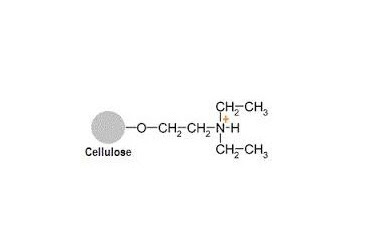Significance of Isoelectric Focusing Gels

Isoelectric focusing is also known as electrofocusing, is a technique for separating different molecules with their isoelectric point differences. This is a type of zone electrophoresis that is usually done on proteins in the gel that utilizes the fact that the overall charge on the molecule of interest is the function of the pH of its surroundings. Biophoretics Isoelectric Focusing Gels effectively make pH gradients so separate proteins are following their unique pi. This gel can be used to determine PI or detect small changes in protein due to deaminations, phosphorization, or glycosylation. They can also complete various proteins with similar sizes that cannot be solved on standard SDS gel pages. Biophoretics Isoelectric Focusing Gels are excellent for native, non-denaturing applications using soluble proteins. All IEF Gel is provided at 1,0 mm thickness and 5% acrylamide concentration. IEF Gels provide: 1. Clear and sharp bands to facilitate identificatio...
